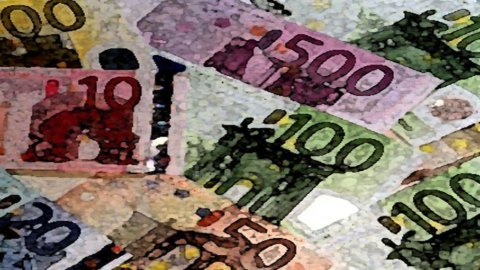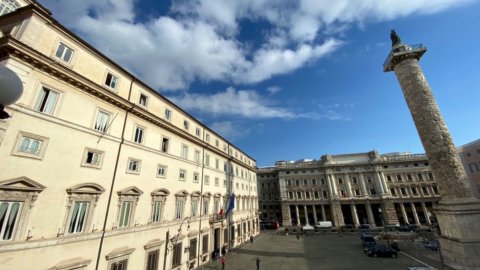We try not to make mistakes. We carefully evaluate what to do and what conveniences there are. Speaking of investments, it seems trivial to mention it, but 9 years after the first issue, the Directorate General for Regional and Urban Policy of the EU publishes the new Guide to the Cost-Benefit Analysis (CBA) for European funds 2014-2020. A vademecum for Energy, Environment, Transport, Innovation for the use and consumption of managers, politicians and public officials.
The first edition was published in 2008, but now it was necessary to update methods and tools to go fast with the new funds. Moreover, the publication comes out when Italy is in the middle of planning and has the urgency to speed up the process. The Italian version of ACB is edited by Invitalia, which through the PON Governance and Technical Assistance 2007-2013, also wanted to explore the issue of enhancing our cultural heritage. An all-Italian specificity with a multiplier effect.
It goes without saying that the evaluations of the projects to be included among the European funds go through many phases. But the benefit they can generate for businesses and local authorities must be carefully evaluated. The Guide, for example, clarifies the difference between the European Development Fund (ERDF) and the Cohesion Fund. A distinction that is not always clear, especially in the Regions.
The ERDF touches investments linked to the context in which companies operate, declined in infrastructure, energy, technological services, innovation. The Cohesion Fund, on the other hand, is oriented towards the environment, climate change, waste management and the urban network. Equally clear and advantageous is the part dedicated to Big Projects. Those initiatives that contemplate works, activities, "aimed at carrying out an indivisible action of a precise economic nature". These opportunities are capped at €50 million in eligible spending and have attracted additional private capital in the past.
Comparing opportunities to direct and indirect benefits is the other great idea that emerges from consulting the Guide. There is no shortage of good practices and case studies and they are correlated – what Italy needs most – to environmental impacts and to the assessment of territorial risks. No industrial sector is excluded and a few steps forward in order not to spend money in contempt of health, it must be done. We must act with a strategic vision, in harmony with the world of work and private capital, putting ideas in order, keeping costs and benefits in mind.





